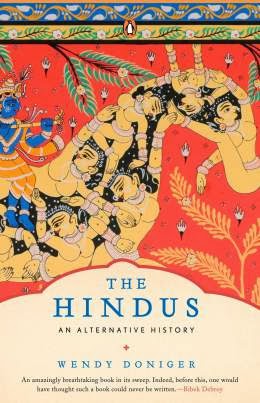- Hany Babu
Delhi University teachers are witnessing a peculiar phase. On the one hand, a large number of teachers who have been relegated to the status of "adhoc teachers" for years on end see some glimmer of hope for a much deserved and long awaited "permanent" status as the University and many of its colleges have started advertising for permanent posts after a long span. On the other hand, some groups of teachers from the Scheduled Castes, the Scheduled Tribes, and the Other Backward Classes have moved the High Court challenging the way in which the University and its colleges have adopted the 200 point post based recruitment roster (in the matter of Delhi University SC/ST/OBC Teachers Forum and another vs. University of Delhi and others (WP(C) 803 of 2014 at the High Court of Delhi).
For a large number of onlookers, the scenario is a bit bewildering as the University, for the first time, seems to have made some positive steps towards the proper implementation of reservation as reflected by two factors: (i) the number of seats earmarked for the reserved categories has definitely gone up as reflected in the advertisements that have come out both for the departments and for the colleges in the university; and (ii) for the first time, reservation has been extended in the cadres of associate professor and professor for the Scheduled Castes and the Scheduled Tribes. What, then, has driven the teachers from the Scheduled Castes, Scheduled Tribes, and the Other Backward Classes to court, people wonder.
One question that bothers many is this: when things seem to have taken a positive turn for the Scheduled Castes, the Scheduled Tribes, and the Other Backward Classes, is it justifiable that a group of teachers have approached the High Court? Maybe they do have some grievance, but, then, doesn't their moving the Court have the undesirable consequence that appointments may get stalled, in which case the interest of thousands of adhoc teachers will get affected. Some even go to the extent of accusing the teachers who have moved the Court of having ulterior motives, or of having been motivated by political factions that may have their own vested interest in stalling the appointments. Interestingly, a group who had always seemed to be unhappy with the reservation policy have also become quite active in hurling such accusations. On the other side, the groups pushing for speedy appointments are accused of being supporters of an administration that has shown scant regard for a dialogic engagement with teachers and students who, for quite justifiable reasons, have differed with and have opposed vehemently the views of the administrators. Even if we give a long rope, the fact that it is more or less the same groups that have supported all the reforms of the administration and that press for speedy appointments with the existing modalities begs for some explanation.
The supporters of reservation in Delhi University, thus, find themselves in a quandary as they have a double burden on their shoulders. They need to justify their action of moving the Court to a general public, who by and large have been indifferent (if not antipathetic) to reservation. More importantly, they need to convince the "adhoc teachers" that the damage that will be caused to the Scheduled Castes, the Scheduled Tribes, and the Other Backward Classes if the University and its colleges proceed with the current recruitment drive is much graver than the hardship caused to the thousands of adhoc teachers if the appointments do get stalled because of the intervention of the Court.














